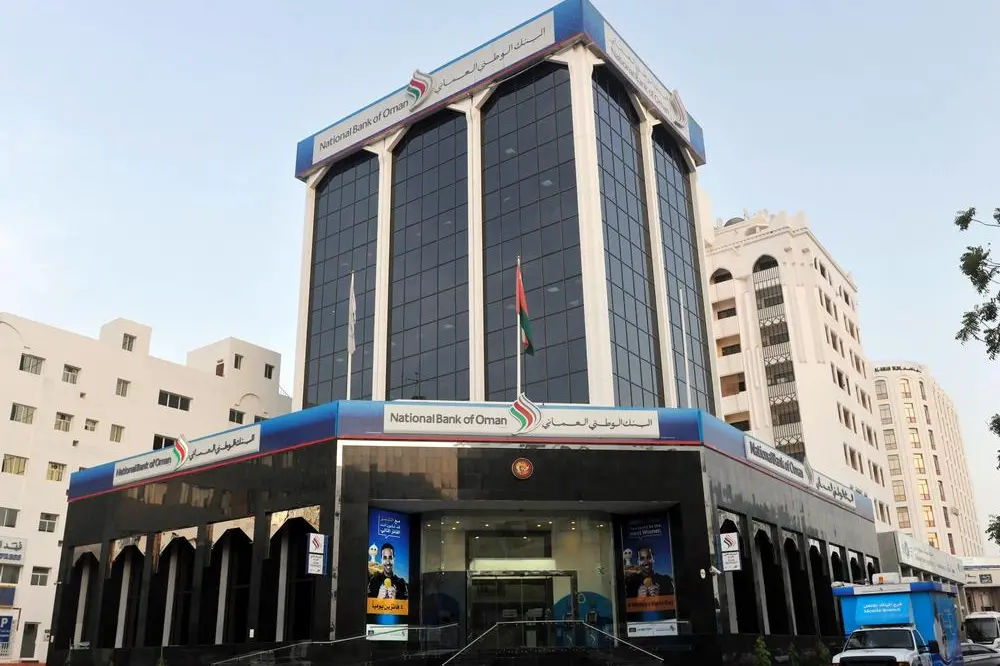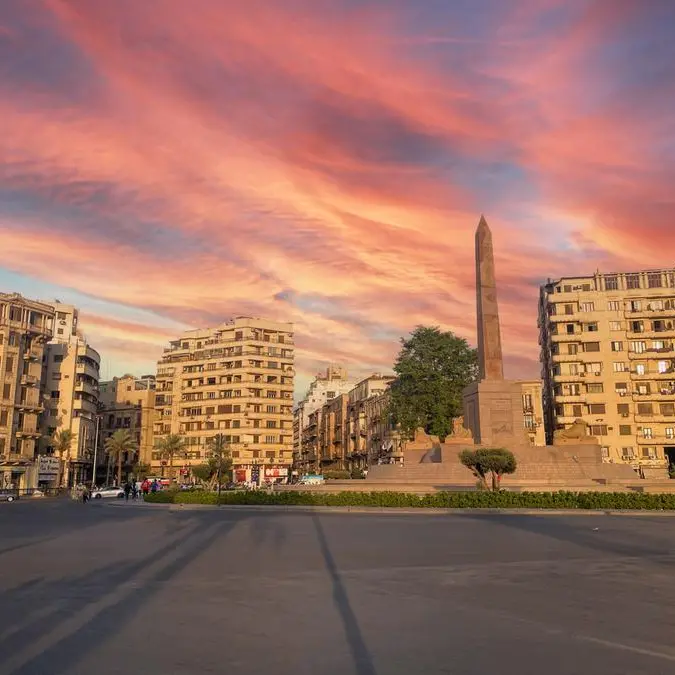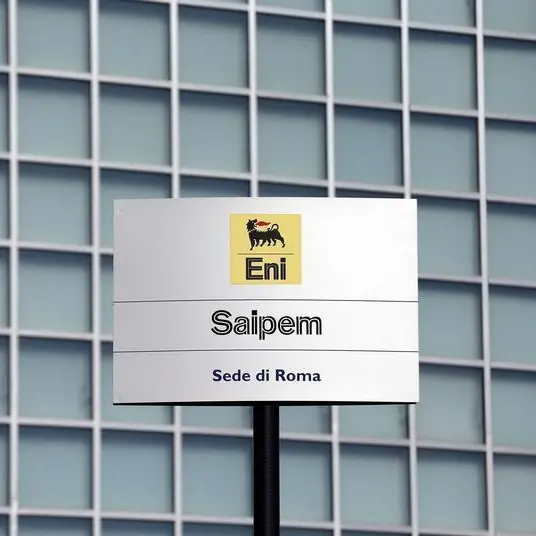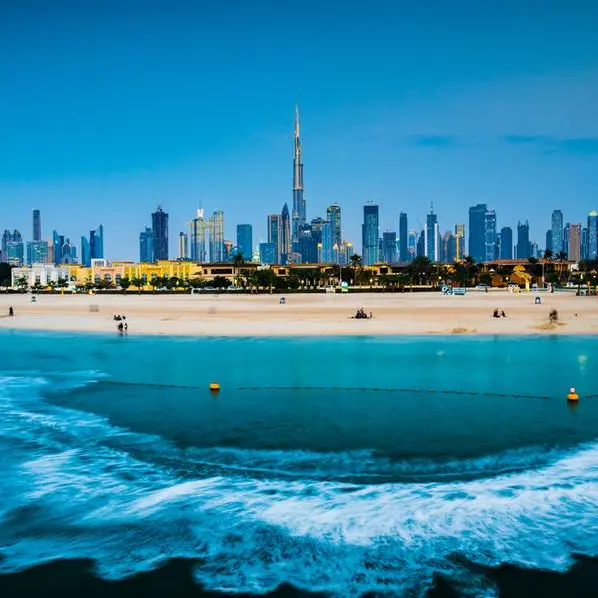PHOTO
With macroeconomic conditions slow to improve, the impact of low oil prices continue to create dents in the balance sheets of hydrocarbon-reliant sovereigns
Oman is one of the economies in the Gulf that has taken a hard hit from the decline in oil prices. A recent bulletin published by the Central Bank of Oman (CBO) stated that the economy witnessed a nine per cent decline in nominal GDP in the first nine months of 2016 compared to the corresponding period in 2015.
Local industry reports have suggested that the decline was reflected primarily in the petroleum sector with a fall of 29.4 per cent and a marginal drop of 0.2 per cent in the non-petroleum sector. For 2017, market figures suggest Oman will witness a GDP growth of 2.5 per cent. Average annual inflation for the year remained moderate at 1.1 per cent. While manufacturing and wholesale and retail trade were adversely affected, value addition showed positive growth, mainly in construction, agriculture and fishing, as well as in real estate services.
The sharp drop in oil prices last year and spending slippage have led to a large widening in the 2016 fiscal deficit. The consolidated government fiscal balance recorded a deficit of OMR 5.2 billion ($13.5 billion, 22.6 per cent of GDP) in 2016, widening from OMR 4.2 billion ($10.8 billion, 16.9 per cent of GDP) in 2015, according to a report by Bank of America Merrill Lynch (BofAML). On the revenue side, this was due to a substantial fall in hydrocarbon revenues, only partially offset by an increase in non-oil revenues. Total expenditures dropped by four per cent y-o-y, and came 6.4 per cent above the budgeted target.
Depressed oil prices also led to a large widening in the current account deficit in 2016 despite continued import contraction (20 per cent y-o-y). According to BofAML, 3Q16 current account deficit data annualises at $12.8 billion (21.4 per cent of GDP), versus a deficit of $10.8 billion (16.9 per cent of GDP).
Total gross foreign assets, including CBO, the State General Reserve Fund (SGRF), the Petroleum Reserve Fund (PRF), the Infrastructure Project Finance Account (IPT), and Oman Investment Fund (OIF), have reportedly declined to $38.8 billion (64.9 per cent of GDP) at end-2016, from a peak of $51.5 billion (66 per cent of GDP) in 2013. The PRF, IPT and OIF foreign asset balances are now near-exhausted and hold $0.6 billion versus $11.5 billion in 2013. SGRF foreign assets declined by $6.1 billion in 2016 to $18 billion in 2016 (30 per cent of GDP), but BofAML assumes that liquid assets are closer to $13 billion (22 per cent of GDP). Boosted by external debt proceeds and non-resident deposits, CBO foreign assets stood at $20.3 billion in 2016 (33.9 per cent of GDP). As such, liquid foreign assets likely represent 2.5 years of external financing needs, providing near-term cushion.
External financing needs
Reports have suggested that Oman needs to borrow up to $10 billion to pay for this year’s forecasted deficit.
“The continued large twin deficits imply a need for material external financing to prevent sustained erosion in foreign assets and to defend the USD peg. Availability of foreign financing is key to avoiding a hard landing near term. Still, further borrowing is likely to pressure external debt, especially if a downgrade to non-investment grade removes a source of technical support as debt levels increase further,” said Jean-Michel Saliba, MENA Economist/Strategist at BofAML.
He explained that in the absence of material fiscal consolidation, debt dynamics remain adverse and unanchored, despite the low starting level for government debt. The potential GCC (Gulf Corporation Council) support to Oman would be credit-positive, if it were to materialise, although it may not alter credit fundamentals.
Although it is unclear, BofAML suspects that Oman may have benefited from official support in 2015. Nonetheless, it is sceptical that any potential ongoing support talks could be concluded near-term in the absence of political concessions.
“We expect the fiscal to narrow this year on higher oil prices, but hover around 2015 levels. The 2017 budget targets narrowing of the fiscal (excluding net grants) to OMR 3 billion ($7.8 billion and 11.9 per cent of GDP), based on an oil price assumption of $45/bbl. Spending is targeted 7.5 per cent y-o-y lower, with lower defence spending offsetting potentially higher current spending. GCC-wide sin taxes are likely to be implemented in 2Q17, and, while yet unbudgeted for, are unlikely to bring in material proceeds,” added Saliba.
To plug this gap, local industry reports have revealed that Hamoud Sangour Al Zadjali, executive president of the CBO has announced plans to auction OMR 450 million worth of government development bonds. They will be sold in separate issues to partly cover in the nation’s budget for 2017 and repay a maturing bond issue. This, in addition to a OMR 150 million bond issue recently, takes the total issue size to OMR 600 million this year. Al Zadjali highlighted that such government development bonds in Oman are generally subscribed to by institutional investors, especially pension funds, banks and high net worth individuals.
In terms of inflation, Al Zadjali believes that it is still under control. He expects inflation over the course of 2017 to be between two and three per cent. As for credit growth, Omani banks are expected to achieve an eight to 10 per cent growth this year. According to the CBO, total bank credit in Oman grew year-on-year by 9.6 per cent to OMR 21.9 billion by the end of November 2016. Credit to the private sector alone increased by 11 per cent to OMR 19.7 billion by end-November 2016.
Islamic banking
The three largest Omani banks are facing dual profitability pressures from slowing economic growth and from the rapid penetration of Islamic finance. According to a report by Moody’s in January, Bank Muscat (Baa1 stable, baa2) is best positioned to withstand the pressures, followed by National Bank of Oman (NBO) (Baa2 stable, ba1) and Bank Dhofar (Baa2 negative, ba1).
All three banks are said to share broadly similar business models, with a focus on domestic corporate and retail banking lending, but they are pursuing different strategies, which will affect the resilience of their profitability to the common challenges they face. These different strategies also contribute to the divergence in their credit ratings and rating outlooks.
According to Moody’s, Bank Muscat is best positioned to cope with slowing credit demand. Low oil prices are continuing to pressure government revenues and weigh on business and consumer confidence. This will lead to lower public and private spending in Oman and will slow economic and credit growth. In this environment the rating agency expects a higher proportion of private financing for government projects, with Bank Muscat, Oman’s largest bank by assets, set to benefit from its larger capital base and solid expertise. We also expect the bank’s higher fee income to moderate interest income pressures from lower credit growth, resulting in better earnings stability.
All three banks have effective strategies to help them manage rapid penetration of Islamic banking. Growing demand for Islamic finance products among Oman’s population is constraining conventional lending growth. Bank Dhofar and Bank Muscat have rapidly built up Islamic windows to sell their own Islamic financial products, which are helping to manage the penetration of Islamic finance. In contrast, NBO, who has a smaller Islamic window, is supporting its asset base through strong expansion into the UAE and solid conventional growth domestically.
Bank Dhofar’s loan book composition exposes it to higher provisions in this weaker environment. Its rapid growth over recent years has limited the seasoning of its loan portfolio, which increases its asset risk. In addition, Bank Dhofar has the highest exposure to the cyclical construction sector. NBO’s expansion into the UAE poses risks given the competitive nature of that market. Bank Muscat has the lowest asset risk given its exposure primarily to government-related entities, large corporates and the public sector workforce, although its Saudi Arabia exposure poses downside risks.
Rating
There is a market expectation that Oman’s average sovereign rating could approach or fall to non-investment grade over the next 24 months. At the current pace of build-up of government debt, Oman’s public sector debt level may no longer compare much favourably to its BBB peers in two years’ time.
Oman is currently rated Baa1 with a stable outlook by Moody’s, BBB- with a negative outlook by S&P, and BBB with a stable outlook by Fitch. Oman’s investment grade rating is a key anchor for foreign investors. The bulk of the holders of sovereign debt are typically indexed investors or ratings-sensitive investors. A downgrade to non-investment grade could thus remove a source of technical support, especially as external debt supply continues to increase further. The next ratings reviews for Oman are scheduled for 17 March (Moody’s) and 12 May (S&P).
© Banker Middle East 2017












